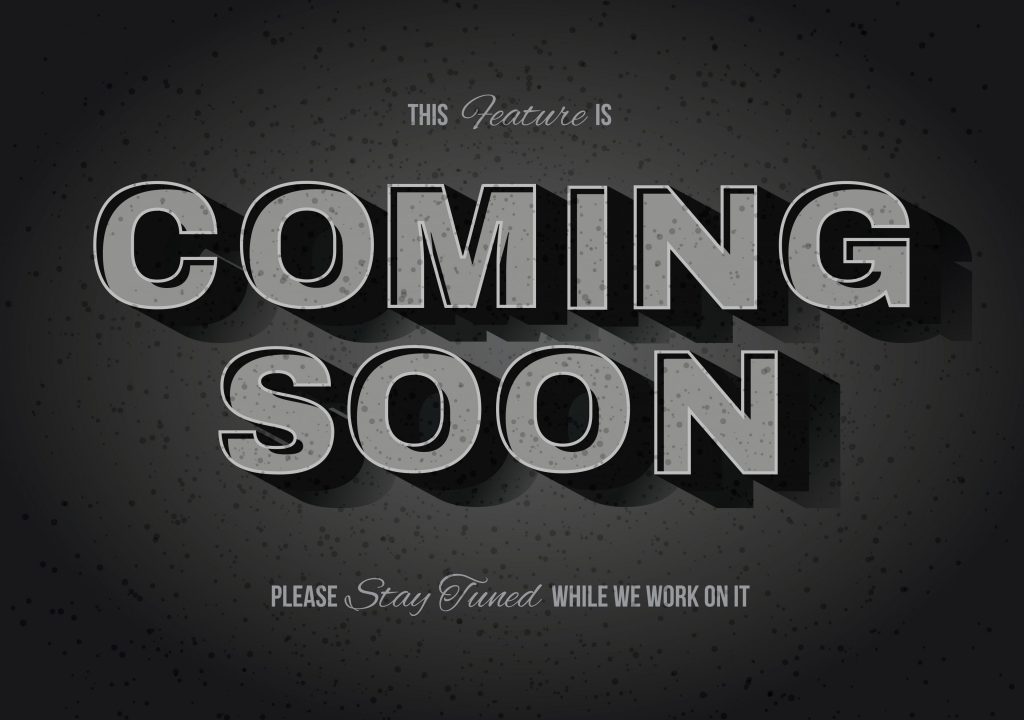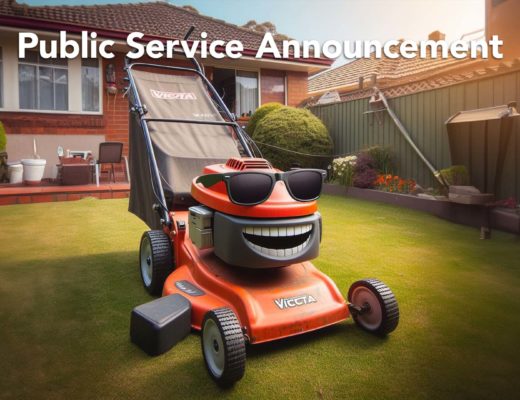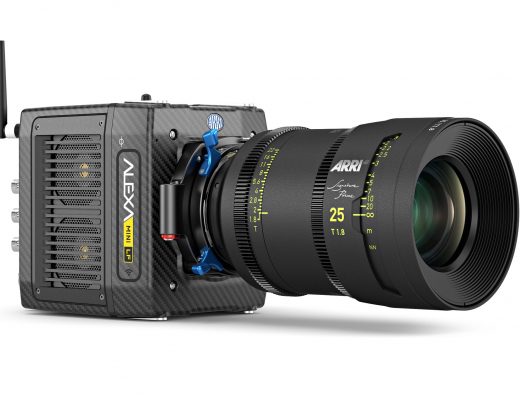A recent question submitted to the PVC mailbag was from a indie movie producer who wanted to know about investor splits and percentages. The question struck me as a bit naïve, but after looking into some of the details around how projects are created and sold these days, naïveté should be least of anyone’s concerns.
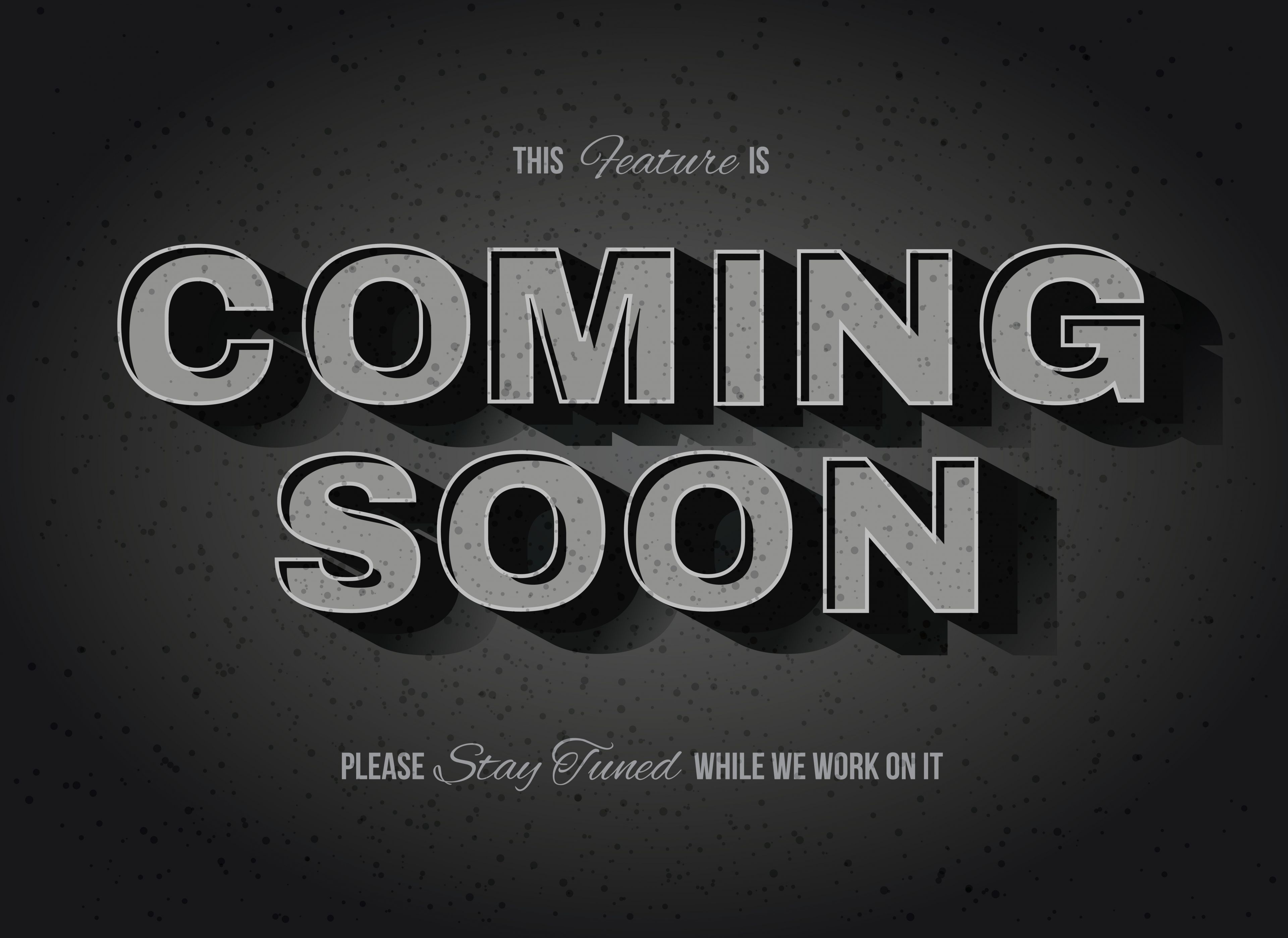
Vintage movie coming soon sign, from Shutterstock
A recent question submitted to the PVC mailbag was from a indie movie producer who wanted to know about the investor splits and percentages they should offer for their upcoming film. The question struck me as a bit naïve, but after looking into some of the details around how projects are created and sold these days, naïveté should be least of anyone’s concerns.
We’ve all heard the story of filmmakers like Quentin Tarantino, so the concept that anyone with a great idea for a film and some passion can make it big is in the head of every aspiring director/producer/writer, regardless of where they’re located or how much experience they have. But things have changed since the 90’s, and there’s an argument to be made that if Tarantino had come on the scene today, he’d have a much harder time getting the right people to take notice of his film and talent.
Simply put, there are way more indie movies being made today than there ever have been. How much of that is fueled by the democratization of cameras and post-production systems is open for debate, but we’re at a point now where literally anyone can make a movie. Tangerine was released in theaters this July to great acclaim, and it was shot on few iPhone 5S’s with $150 anamorphic adapters. The democratization of these tools has opened doors, but there are now that many more people trying to get through those doors.
Many of those filmmakers are pushing to become the darling of the indie film circuit as an important stop on their way to success, but the numbers around the production and sale of these films are both staggering and somewhat disheartening. According to Cultural Weekly, fewer than 2% of the fully-finished, feature-length films submitted to the Sundance Festival will get any kind of distribution whatsoever, but even those films that do recoup their investments can end up not being worthwhile. Don Jon was sold for 29 million, which included a marketing commitment, but only pulled 24.4 million at the U.S. box office. Of the more than $3 billion invested annually, less than 2% will ever be recouped.
It’s one of the reasons that there aren’t many “investors” since it’s really such a money losing business. A combination of personal funds, friends, family and crowd-sourcing like Kickstarter is probably the best bet to bring a project to life, but even then many filmmakers rely on donated labor or payment deferral agreements from cast, crew and everyone else involved. Of course, whatever you’re working on almost becomes secondary at that point, as the true objective is to build a community and following for the next project.
As a famous pilot once implied though, percentages and what happens to everyone else aren’t reasons to turn around or give up. Talent and determination remain the driving force behind successful films and other forms of content, but what do these changes to the landscape mean for creators? Should the career goals of filmmakers change or be adjusted? Do they need to approach the way they create content in a totally new way?
To get some answers around these questions and more, I talked with PVC’s own Eric Escobar about how the democratization of filmmaking tools is impacting the industry as a whole, what sort of opportunities have been newly created or torpedoed by these developments and how he sees these changes impact anyone trying to make a living in this industry.
JK: What sort of impact has the democratization of filmmaking tools had on the indie filmmaking market?
Eric Escobar: There are a lot of reasons why all filmmaking, not just the independent market, has experienced a hollowing out in the middle range of budgets. The 2 million to 50 million dollar range projects struggle for funding and exhibition opportunities that pay. There isn’t a single factor responsible; it’s a broad sea change in the way media is created, distributed, consumed and remunerated. Everything from the death of the DVD, to the original production of quality dramatic television by cable networks, has played a part in destroying the economic model of indie production-festival darling- acquisition paycheck, which was a system that fueled American independent cinema for nearly 20 years.
I think it’s misleading to think that inexpensive, high-quality cameras had much of a role in the business model crash. Conversely, this new/cheap/awesome gear has not led to an increase in high-quality dramatic storytelling. Good stories, well-told, still cost a lot of money and celluloid film wasn’t the biggest cost factor. Great writers, skilled directors, talented actors, and high quality production value haven’t dropped in price. Those things are just as expensive as ever, as it turns out.
What I’ve seen is low budget production value captured in exquisite detail and under-written screenplays executed in 4K with 12 stops of latitude.
What sort of opportunities have you seen created and completely destroyed by the democratization of these tools?
That’s the rub. More than anything, the crash in cost of the tools has led to downward pressure from producers on gear rental while also flooding the labor pool with owner-operators that are more owners than operators. When the RED ONE hit the shelves, there was a rush of “DPs” on the market charging cut rates for themselves and their gear despite not having much experience. For a producer, the ability to have an operator and camera package for less than the cost of hiring an experienced DP with no gear was too much to pass up. It was always the wrong choice, and there was a whole generation of less than cinematic films on the festival circuit.
Those days are kind of over. Every great DP I know has an Alexa or F55 or FS7, and a kit full of great lenses. Some of those owner-operators hung in there and got good at their craft, and a bunch of camera gear ended up on Craigslist and eBay.
The same thing is happening now with Colorists since we get a free Da Vinci with every new computer.
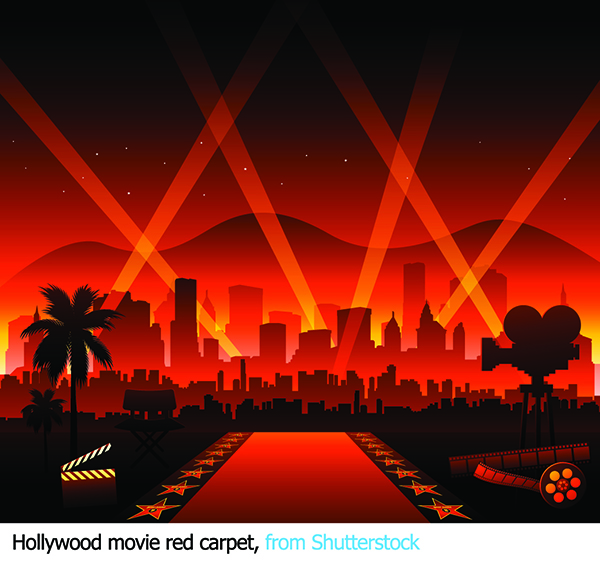 You mentioned the hollowing out of the middle, and that certainly seems to be the case in Hollywood. Does everything need to be either a tentpole blockbuster or cost absolutely nothing?
You mentioned the hollowing out of the middle, and that certainly seems to be the case in Hollywood. Does everything need to be either a tentpole blockbuster or cost absolutely nothing?
I’ve been in the film festival, and film arts organization circuit, for well over a decade, honestly, I am very new to Hollywood. This last year has been my first real foray into that side of filmmaking, and a whirlwind in finding my way around the industry.
What I see are a lot of companies buying original, dramatic scripted narrative content for television. The kind of “grown up dramas” we used to go to the art house for. These were films that started out on the festival circuit and made their way to the local indie theater and the awards circuit the following year. Then later DVD and cable. Now it’s all jumbled up — cable networks hire auteurs to create a seasons worth of material; feature films are paid for by VOD companies that premiere in theaters and on-line the same day.
There are no rules or formulas anymore and that’s what is so vexing about the business. Some of this is about changes in technology, but a lot of it is about changes in how things get made in the wake of the collapse of DVD sales, loss of foreign market presales and the sheer cultural role of people chatting on the Internet in social media.
I have seen little of the no budget/ tent-pole dichotomy, but that may have to do with where I am and what I’m doing. Filmmakers are still making features, festival submissions are at record numbers and companies are packing in creative teams for pitches from September to December. The role of independent filmmaking, film festivals and film arts organizations that support emerging voices has never been more important. While the business model of indie film festival circuit success may have gone away, film festivals have not.
What exists now is a global network of screenings, parties and promotional events for anyone brave enough to pick up a camera and talented enough to make something great. You can be certain that there will be a series of free screenings for your film held all over the world in front of real, living, breathing audiences. The only catch is that you’re probably not going to make your money back on your movie. It’s hard to think of any other art form that has that kind of network of exhibition and promotion.
What has changed are the career goals of nearly every writer and director I know. Rather than a darling feature in Park City followed by a three-picture deal (the dream of the nineties), festival success is now the front door to a TV pilot pitch meeting in Hollywood. Episodic television is the long game since there is nothing taboo anymore on cable. There’s no distinction in content even if there is a big difference in form. And TV promises a tight turnaround from idea to finished project, an experience feature films, especially indie features, rarely delivered.
The long game seems to extend across the board, because even as far back as 2007, the studios were thinking in terms of “slates”, and with a superhero movie roadmap laid out through 2020, that mentality looks to have taken on a whole new meaning.
I think it really means that writers and directors need to be clear about the kinds of stories they want to tell, kind of like personal branding for lack of a better term. The kind of film you make and take to a festival is the kind of story you’re going to sell when you pitch something larger, so professionals need to think about how to position themselves.
Is it a realistic career goal to say that you want to direct or produce one of these big budget tent pole movies?
Anyone that wants to make a living in professional, corporate studio filmmaking has to put aside any particular idea about what the final product looks like. Having a career goal of, “getting to make a Star Wars franchise film” is like having a future financial plan of “winning the California state lottery”. You have to be in the exact right place, at the exact right time in your career to be picked by the right combination of studio execs and agency leaders to get to helm the dream project of your childhood.
To wrap up, it sounds like it’s not just career goals that have changed for independent professionals. Do writers and directors need to approach what projects they pursue in a very different way than they did ten and even five years ago?
I don’t know if the approach is any different now then it was ten or even fifty years ago. It’s still about the relationships you build.
Some of the people I met at Sundance in the early 2000’s are now mini-moguls in Hollywood, some are still hammering away at the festival circuit. But the ones who are in it, are in it. My best experiences have been the friendships I’ve made, and some of those friendships have become professional, collaborative relationships. Being a person that other people want to work with, regardless of the job title, is the best skill set you could develop.

Filmtools
Filmmakers go-to destination for pre-production, production & post production equipment!
Shop Now